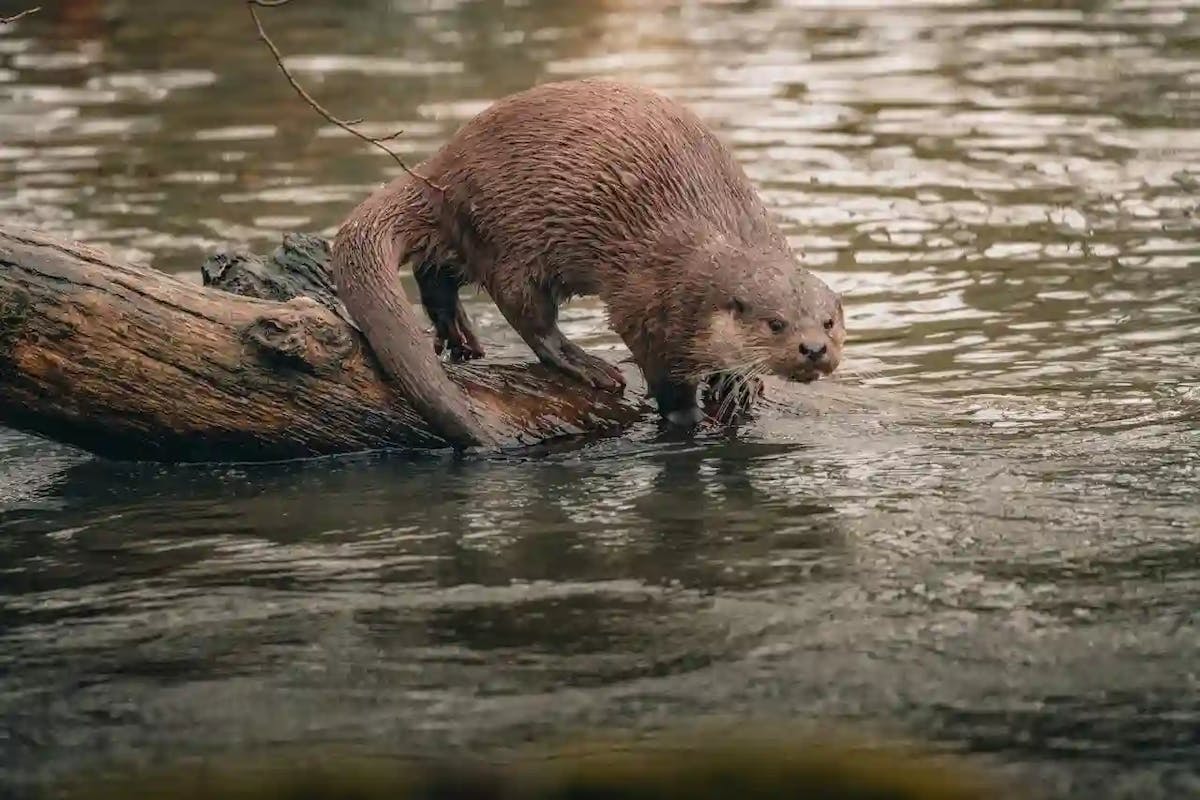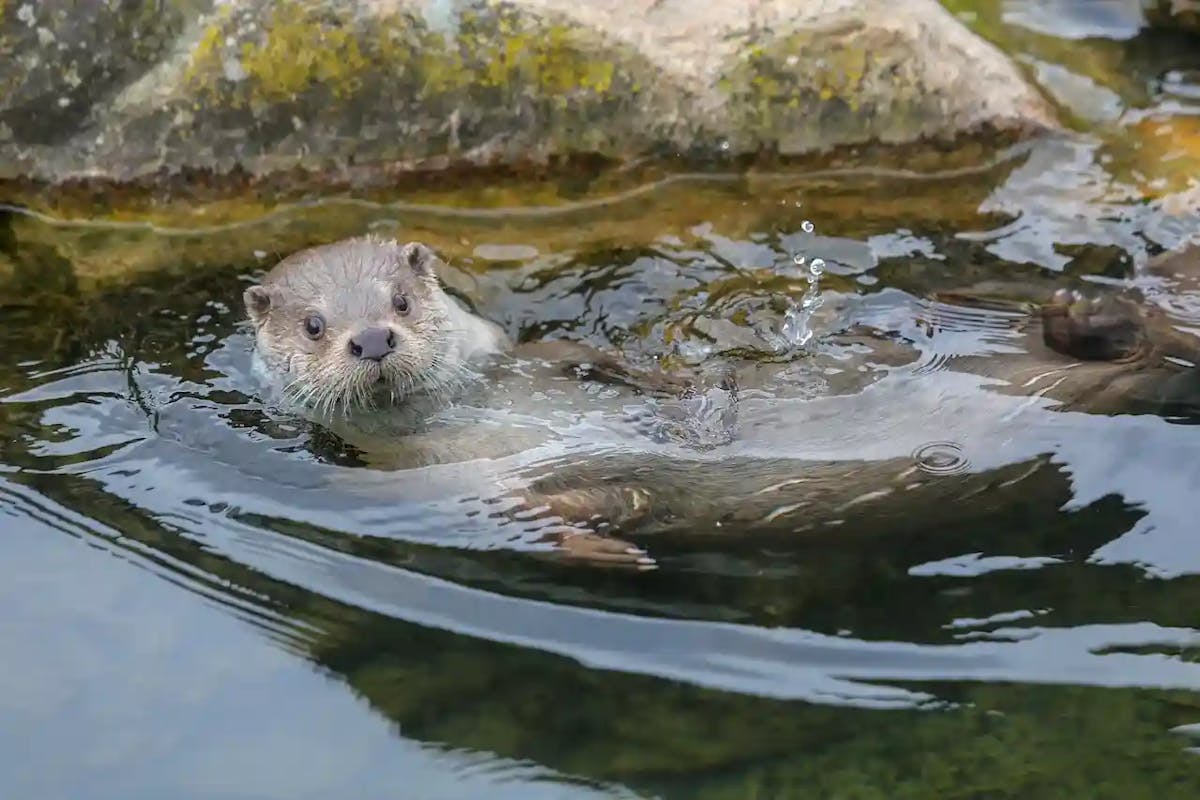Random Otter Facts | Otters, charming and playful creatures of the water, have long fascinated biologists and nature enthusiasts alike. These semi-aquatic mammals belong to the Mustelidae family and are known for their sleek bodies, webbed feet, and dense fur that provides excellent insulation against cold waters. While many people adore otters for their adorable appearances, there is much more to these elusive animals than meet the eye.
One intriguing aspect of otters' behavior is their natural inclination towards socializing. Unlike most solitary animals in the wild, otters often form small groups called rafts or romps with others of their kind. These tight-knit communities exhibit collaborative behaviors are rarely seen in other creatures. For instance, when hunting for food underwater, they often hold hands in order to stay together so that no member gets left behind during the chase. This cooperative behavior not only facilitates successful hunts but also reinforces social bonds among individuals within the group.
Moreover, despite being predominantly carnivorous and relying heavily on fish as their primary food source, otters are surprisingly versatile eaters. They display a taste for various crustaceans like crabs and crayfish as well as amphibians such as frogs or even snakes-making them opportunistic predators in their habitat.
Most Interesting Facts About Otters
One of the most interesting facts about otters is their incredible diving abilities. Otters are able to hold their breath underwater for up to 8 minutes, which is impressive given their relatively small size. They have a slow metabolism, which allows them to conserve energy while diving and their lung capacity is also larger than expected for their body size. This enables them to stay underwater for longer periods of time while hunting for food or avoiding predators. In addition, otters have a thick layer of fur that helps to insulate them in cold water, allowing them to thrive in aquatic environments. Overall, otters are well-adapted to life in the water and are expert divers, making them fascinating creatures to observe and study. Also see:- Random Facts about Pandas, Random Facts about Llama

Otters are highly playful and social animals. They engage in various forms of play, such as sliding on their bellies, chasing each other, and even playing with rocks. They also have a variety of vocalizations, including whistles, chirps, and growls, which they use to communicate with each other. River otters are known to be one of the most vocal mammals in North America, with a wide range of sounds that they use to express different emotions and alert others to potential danger.
Otters are undeniably one of the most enchanting creatures that grace our natural environments. Their playful nature and captivating appearance have made them a beloved subject in various media, but there is more to these charismatic beings than meets the eye. Did you know that otters have developed specific techniques to ensure their fur remains exceptionally waterproof? Thanks to millions of hairs per square inch, an otter's coat can repel water efficiently, allowing them to glide effortlessly through rivers and oceans.
Furthermore, otters possess an incredible tool known as a rock table. They use this technique to crack open the shells of their prey, such as clams or mussels. By placing the shell on their chest and rhythmically pounding it against a rock or another hard surface, they can access the tasty meal within. This demonstrates not only their highly developed problem-solving abilities but also highlights their adaptability in utilizing available resources for survival.
Additionally, otters boast impressive communication skills by using a vast range of vocalizations as well as non-verbal cues. In fact, various chirps, growls, and whistles constitute part of an elaborate language system for these intelligent creatures. They utilize different sounds depending on social interactions or possible threats from predators. Otters also employ body language like tail movements or postures to convey messages effectively to each other. These intriguing facts about otters illustrate just how remarkable and intelligent these animals truly are.
